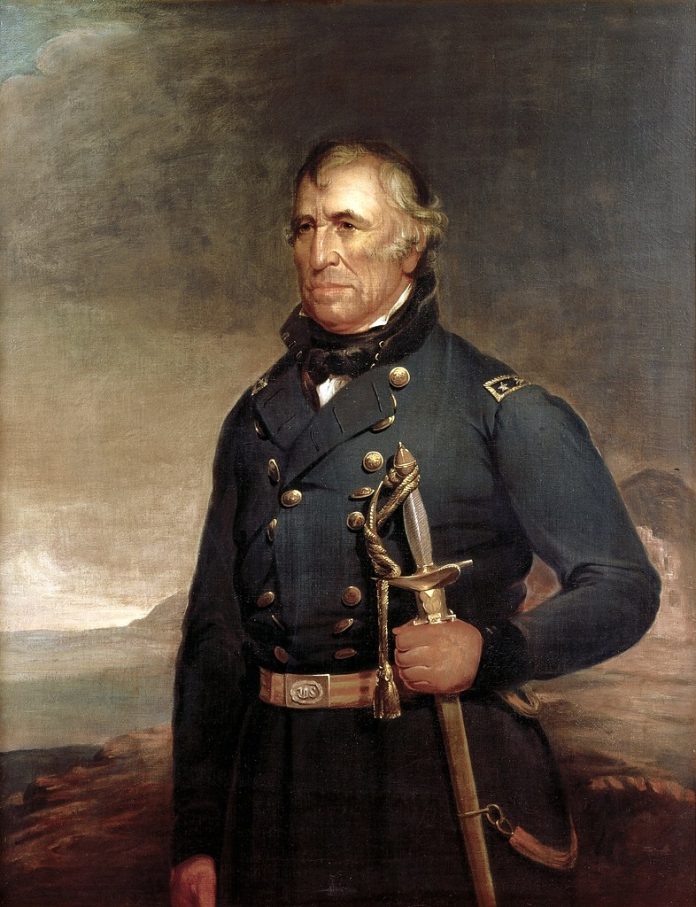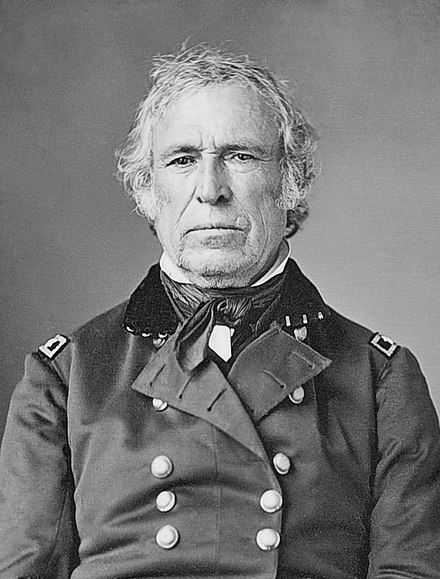
The resting place of Zachary Taylor, the United States’ twelfth president, became the center of national intrigue when his body was exhumed from the Zachary Taylor National Cemetery in Louisville, Kentucky, in 1991.

A historical novelist, captivated by a theory that Taylor might have been poisoned due to his political stance on the territories acquired from Mexico, instigated the exhumation to test for arsenic. Despite the dramatic hypothesis and media attention, the analysis dispelled the rumors: Taylor had not succumbed to foul play.
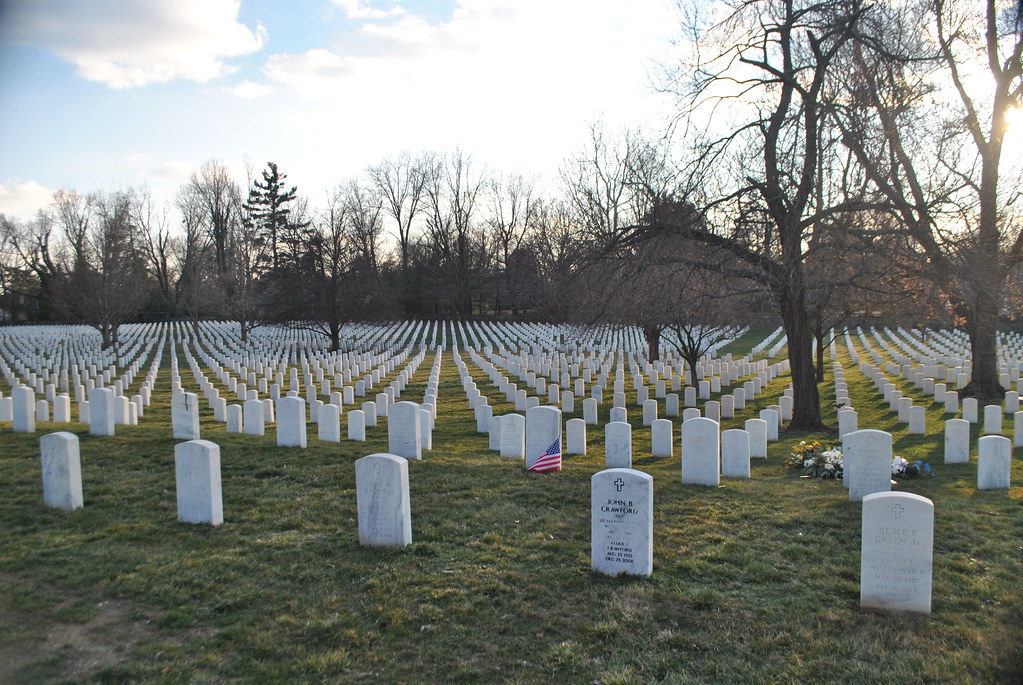
Born into a family with substantial wealth and a Revolutionary War veteran father, Taylor spent his early years in Kentucky before embarking on a military career that began in 1808.

His service during the War of 1812 and later in the Mexican-American War elevated him to national hero status. This acclaim catapulted him into the White House as an apolitical choice for the Whig Party in the 1848 presidential election.
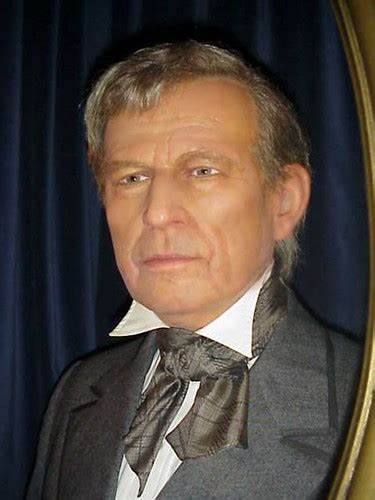
Taylor’s presidency, however, was cut short just over a year in, after falling violently ill with symptoms of gastroenteritis, days following Independence Day celebrations in 1850.
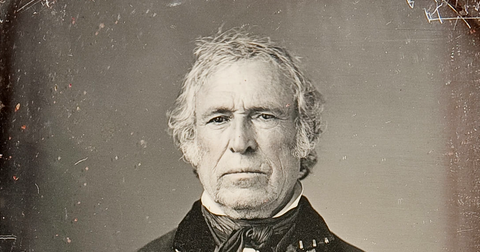
The cause of death was originally attributed to the consumption of raw vegetables, cherries, and cold milk on a hot day. Historical speculation offered various causes, ranging from bad water to the more sensational notion of arsenic-laced cherries.
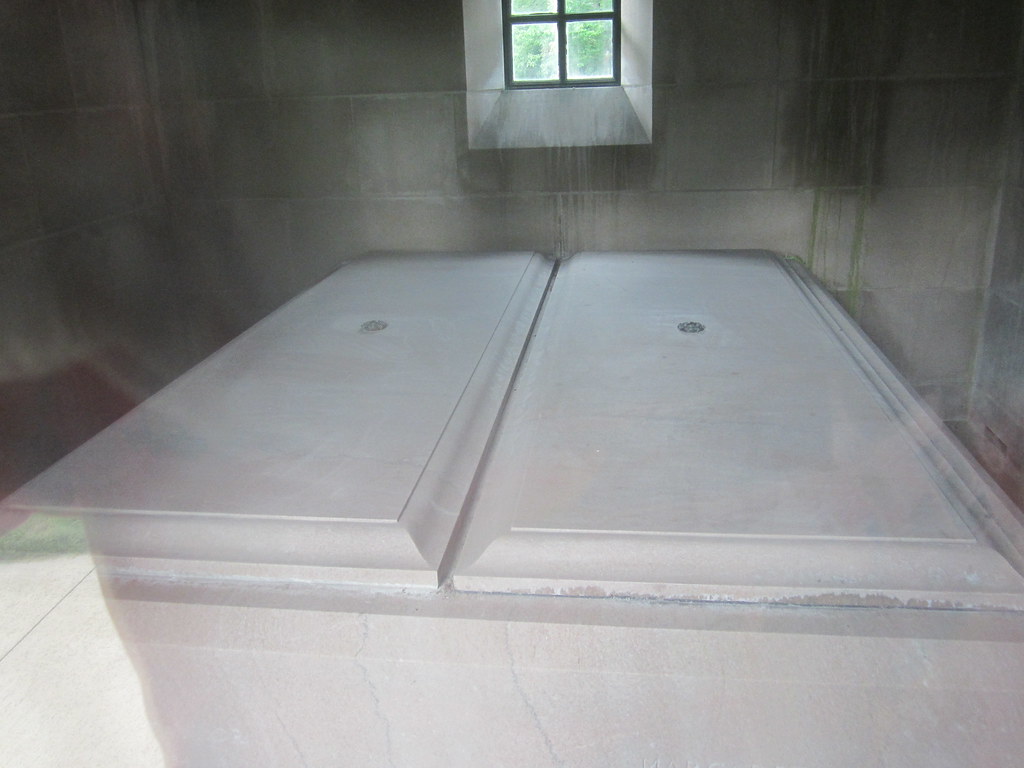
His initial interment was in a metal coffin with a glass window plate, a common practice before refrigeration, at Congressional Cemetery. The vault shared space with other caskets awaiting burial or relocation. Later, Taylor’s remains began a journey of approximately a thousand miles to his family’s farm near Louisville.
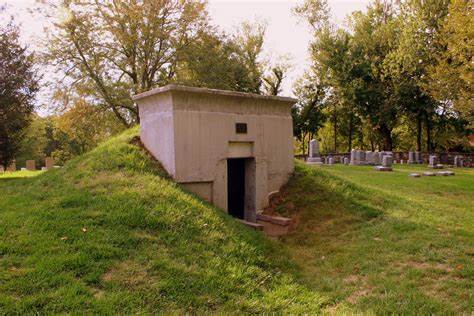
The burial site, seen as too modest for a president, saw enhancements over the years. A granite monument was dedicated in 1883, and by 1925, Congress authorized the acquisition of the property from Kentucky and ordered the construction of a new mausoleum. It wasn’t until 1928 that the site was designated as the Zachary Taylor National Cemetery.
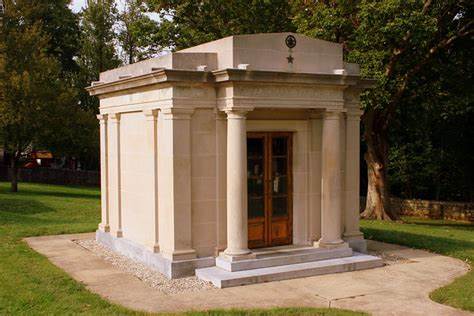
The tranquility of Taylor’s final resting place was disrupted in June 1991, when a writer’s contention that the president may have been assassinated with poisoned fruit prompted his descendants to support a court order for the exhumation.
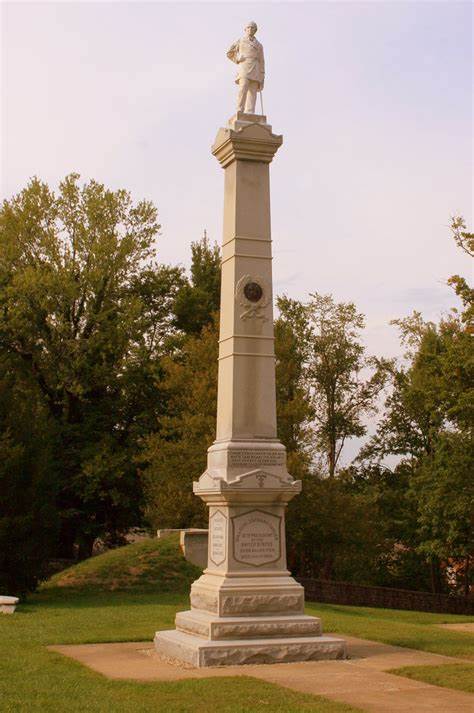
“It’s like a box of Crackerjacks,” remarked Jefferson County Coroner Richard Greathouse, who, alongside author Clara Rising, eagerly awaited the unveiling of Taylor’s remains.
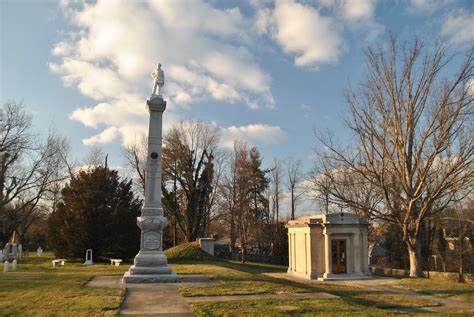
Rising suspected Taylor fell not to natural causes but to the nefarious designs of southern adversaries opposed to his willingness to admit California as a free state. The examination by Greathouse hoped to reveal traces of poison akin to his findings in more contemporary Jefferson County murder victims.
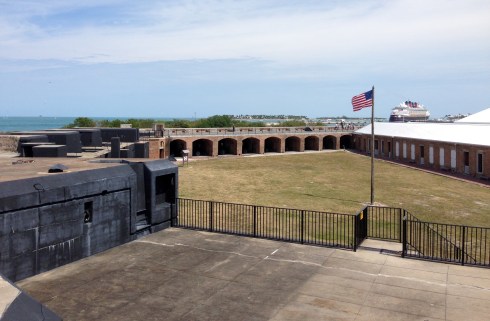
The sensationalism, however, was met with skepticism from Taylor scholars, who maintained that the president died of natural causes and considered the poisoning theory “sheer nonsense.The medical community further speculated that the aggressive medical treatments of the time, including dosages of mercury and quinine, could have inadvertently contributed to his demise.
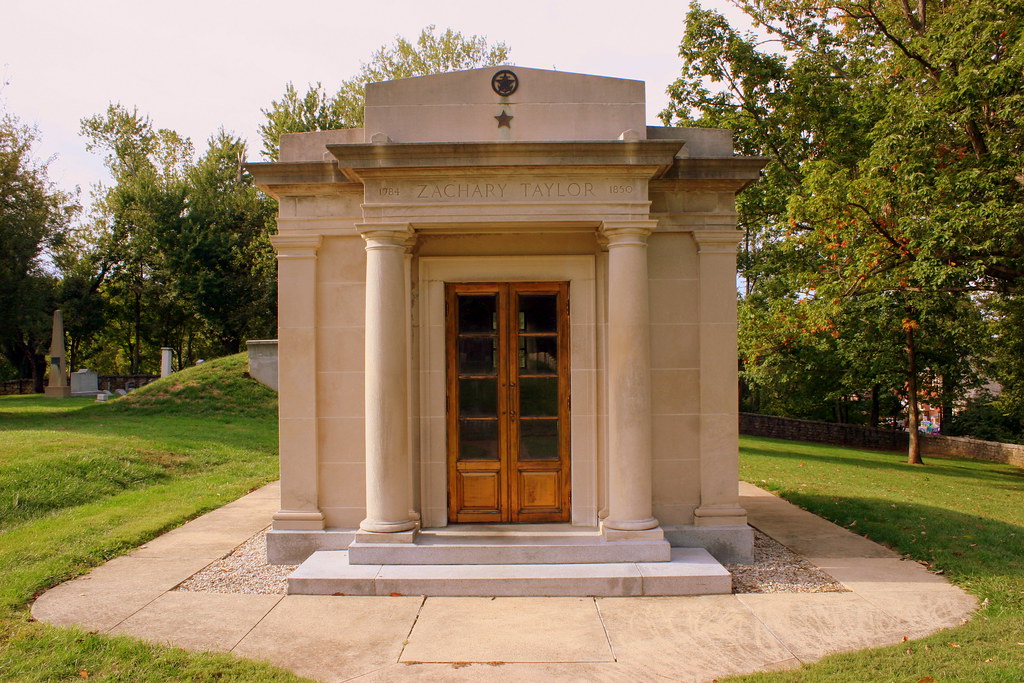
The anticipation reached its climax when Dr. George Nichols, the Kentucky medical examiner, addressed the media with his findings: “It is my opinion that President Zachary Taylor was not poisoned by arsenic,” thus quashing the rumors of assassination.
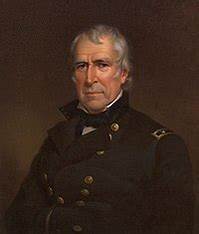
While small amounts of arsenic were found, these were consistent with natural levels and not indicative of poisoning, which would have required far greater concentrations.
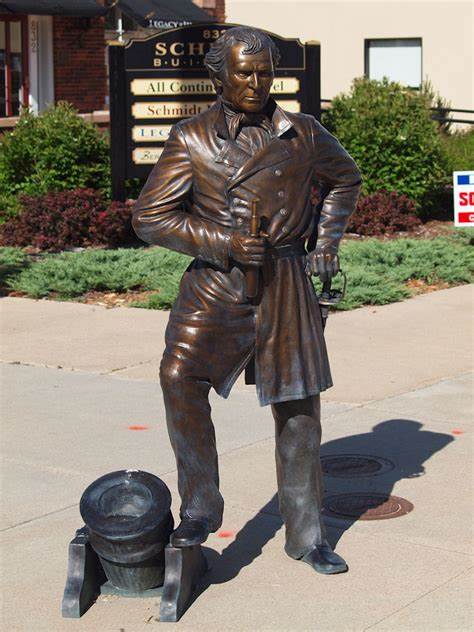
The exhumation not only put to rest the speculations about Taylor’s death but also reaffirmed the historical accounts of his demise due to gastroenteritis.
Relevant articles:
– Zachary Taylor National Cemetery, ExploreKYHistory (.gov)
– Object 34: President Zachary Taylor’s Well, VA.gov Home | Veterans Affairs
– ZACHARY TAYLOR’S REMAINS TO BE TESTED FOR ARSENIC, Washington Post
– Zachary Taylor Did Not Die of Arsenic Poisoning, Tests Indicate, Los Angeles Times
